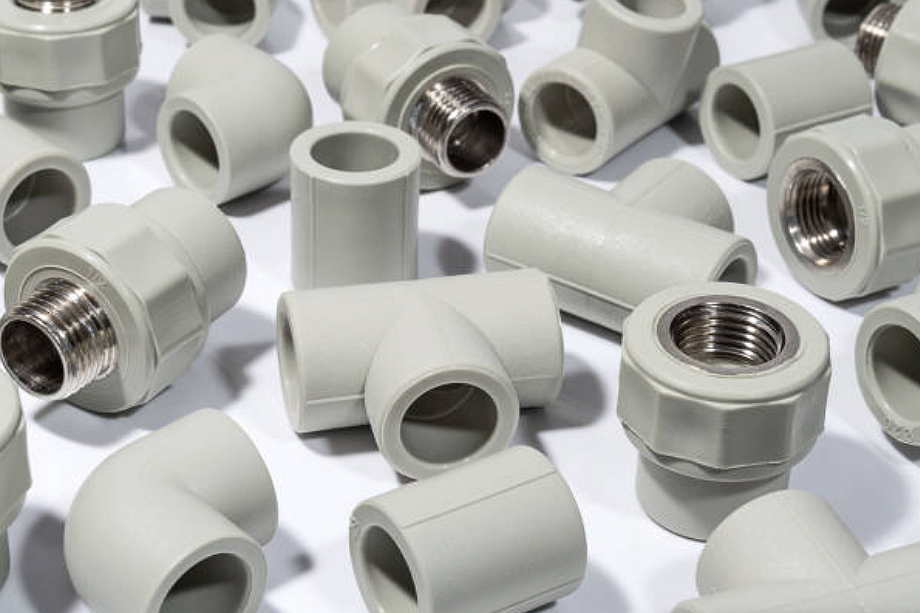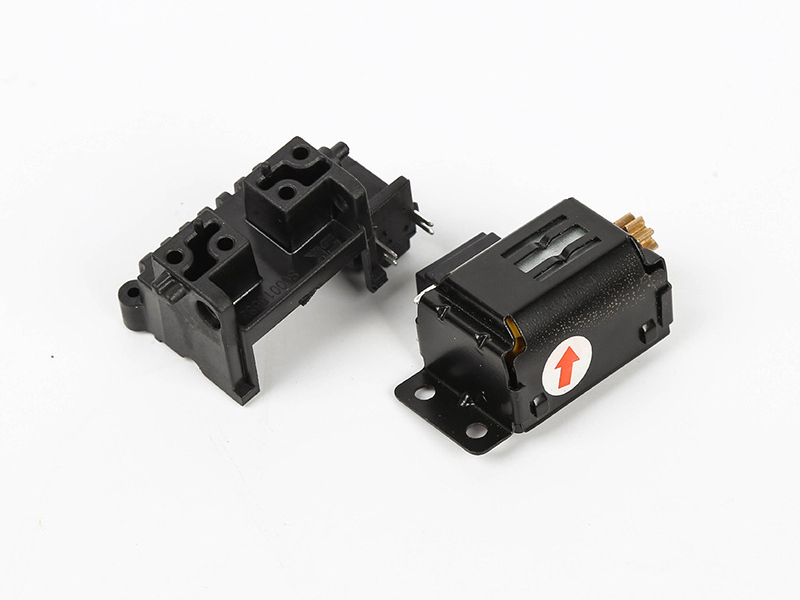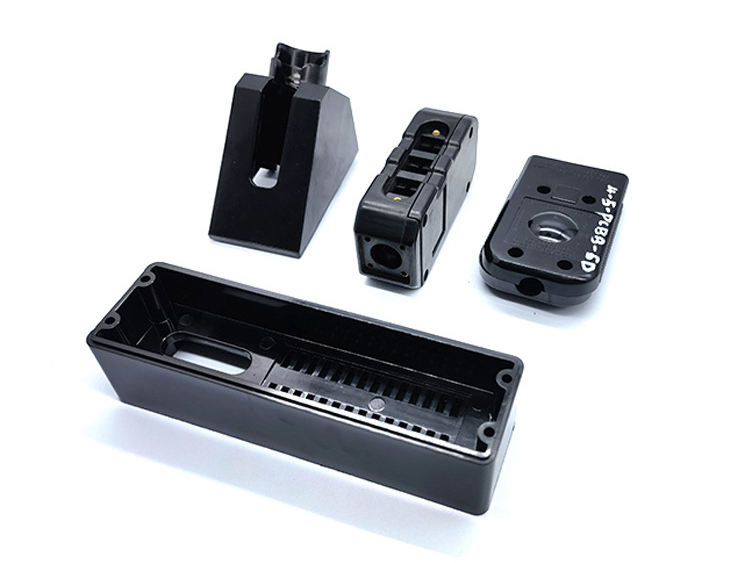What future innovations are expected in insert molding technology?
Hybrid and Multi-Material Integration
The next generation of insert molding is moving toward hybrid manufacturing, where traditional molding integrates with additive manufacturing or overmolding to produce multi-functional parts. This combination allows engineers to embed pre-formed metallic or ceramic inserts and then add secondary polymer layers with distinct mechanical or aesthetic functions. It will enhance component strength, reduce assembly steps, and support advanced designs in sectors such as the automotive and medical device industries.
Smart Manufacturing and Digital Control
Digital transformation is reshaping insert molding. With the rise of Industry 4.0, factories are adopting smart sensors, real-time monitoring, and AI-driven process control to optimize injection pressure, temperature, and bonding consistency. At Neway Precision, advanced data acquisition systems are already improving quality in injection molding services. In the future, digital twins and predictive maintenance tools will further reduce downtime and improve yield rates.
Micro-Molding and Embedded Functionality
As miniaturization continues, microinsert molding will become increasingly vital for next-generation devices. This technology allows the integration of extremely small inserts, such as conductive pins or micro-sensors, into polymer housings. It will enable compact, high-precision components for consumer electronics, telecommunications, and E-Mobility. Additionally, in-mold electronics (IME)—where circuits and sensors are embedded during the molding process—will bridge the gap between mechanical and electronic functionality.
Sustainable Materials and Green Manufacturing
Environmental responsibility is driving material innovation. The use of biodegradable, recyclable, and lightweight polymer blends is growing rapidly. Combined with optimized cycle times and advanced tooling, such as PVD-coated or nitrided molds, insert molding can achieve both durability and energy efficiency. Sustainable practices will become a standard expectation across high-performance manufacturing.
Automation and Precision Robotics
The future of insert molding also includes the use of collaborative robots for automated insert placement. These systems ensure repeatability, reduce labor costs, and improve accuracy in high-volume production. Robotic integration will especially benefit industries that require tight tolerances and consistent performance, such as those in power tools and locking systems.



